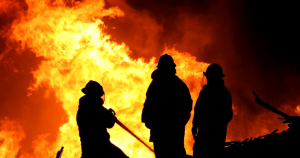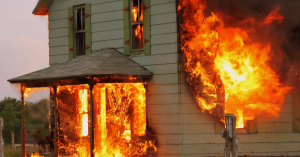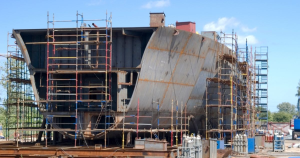Fire Lookout Duties: Roles, Responsibilities, and Training
Discover the key fire lookout duties and training requirements. Learn how fire lookouts protect forests, work sites, and communities from wildfires.
The occurrence of wildfires can be sudden and devastating, with little warning or control.
Fire lookouts are essential in safeguarding forests, work sites, and communities. Why? Because they do.
The first line of defense against fires is provided by the fire lookouts, who can be found either high in a forest tower or hot on-site.
If you need help with locating a fire lookout for your workplace, we are here at The Fast Fire Watch Company.
Our family-owned and operated Fast Fire Watch Company is committed to safeguarding your property and meeting fire safety standards.
Since our establishment in 2019, our mission has been to provide you with peace of mind by providing efficient and reliable fire watch services.
Let’s explain what fire lookout duties are.
What’s a Fire Lookout?
A fire tower lookout or individual responsible for observing and identifying fires is at a lookout or other elevated point in forests, or maybe on top of an overhanging structure.
The primary purpose of their operation is to detect early-stage fires, such as smoke or flames, to enable a rapid emergency response.
In case a fire lookout is present and needs to put out the fire himself, they must be informed of basic fire safety procedures.
What’s a Fire Lookout’s Job?
About 4,630 structure fires occur annually because of hot work, as reported by the NFPA.
Each year, these fires cause 15 civilian deaths, 198 injuries, and direct property damage totaling $355 million.
It is your responsibility as a fire lookout to ensure that your job site doesn’t contribute to the statistics.
Your primary task is to raise the alarm if an emergency occurs, but you also have to supervise risky hot work.
During welding or cutting work, small fires can be discovered and put out by finding and destroying tiny bits and sparks in molten metal.
During their fire watch duty, workers are only allowed to survey the area near hot work and detect early signs of damage.
Additional tasks are prohibited as they divert attention from the identification and management of fire hazards.
In many fire watch jobs, pre-shift inspections of a hot work area are carried out, which include checking the work site itself, removing burning materials as much as possible, and setting up and inspecting fire extinguishing apparatus.
The occurrence of smoldering fires can lead to post-shift fire watch duties.
OSHA mandates the use of fire lookouts for a minimum of thirty minutes after hot work is finished, while NFPA suggests observing them for at least an hour.
All these topics are covered in our extensive fire watch training to help you perform your duties safely and effectively.
What Is a Fire Lookout’s Salary?
When calculating the average salary for fire lookout positions, it’s essential to consider the industry and job title.
A forest fire lookout and a fire watcher in the oil and gas industry are not paid equally, just like those employed in construction.
By 2025, an industrial fire lookout would earn $21.20 per hour or $44,100 per year.
The average annual salary for fire tower lookout positions in forests is around $55,000, as per reports.
These occupations are frequently seasonal and becoming scarce.
What skills are required?
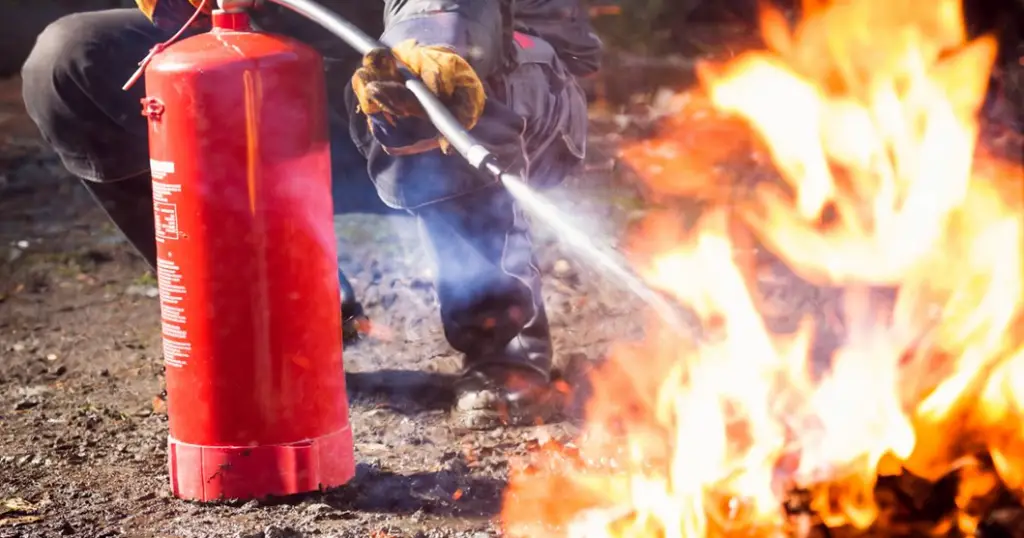
The basic requirements are:
- Over 18 years of age.
- Pass a medical assessment.
- A driver’s license (depending on the location) is required.
Duties of a Fire Lookout
They are:
· Scanning for smoke.
To detect fire early and to monitor the forest for any signs of smoke, a lookout monitors fires.
· Using binoculars and scopes.
Using optical tools by lookouts helps to distinguish between wildfires and benign smoke, such as campfire or chimney smoke.
· Operating fire finders.
Using tools like the Osborne Fire Finder, it is possible to accurately report wildfires by calculating their location and distance from one another.
· Reporting fires.
If smoke or fire is detected, the lookouts will promptly inform dispatch (or other designated dispatch) of the location and conditions.
· Recording the weather.
The weather often causes lookouts to record wind speed, temperature, and humidity levels in order to influence fire behavior.
· Maintaining daily logs.
The preservation of sightings, weather changes, and routine observations is done in written records for later use.
· Monitoring lightning storms.
Because of the potential for lightning to cause fires, lookouts must monitor storm activity and pinpoint areas where the strike occurred.
· Using radios.
Using radios is essential for maintaining uninterrupted communication with dispatch centers, other towers, and firefighting crews.
· Tracking aircraft activity.
Lookouts monitor firefighting aircraft and notify them of any conditions that could affect their safety or effectiveness.
· Mapping fire activity.
The best way to contain fires is by marking them on maps, which helps teams plan their response.
· Maintaining the lookout tower.
The maintenance of towers must be adequate, secure, and functional for extended periods of time.
· Operating communication equipment.
Clear communication is ensured by regularly examining radios, phones, and backup power systems.
· Watching for hazards.
Lookouts are used to monitor storms, falling trees, or unsafe situations that may affect firefighters and the public.
· Supporting fire crews.
It also provides crews with location details, weather updates, and safe routes to help them better respond to wildfires.
· Remaining vigilant.
It’s important to stay alert during long shifts, as faint smoke can cause significant fires.
· Recording visibility changes.
Haze, fog, or high smoke are signs of such conditions, which may affect the visibility and detection.
· Assists with dispatch coordination.
Using lookouts can aid in relaying messages between crews on the field and command centers during radio traffic jams.
· Observing wildlife activity.
It is sometimes reported and noted that unusual movement of wildlife can be a sign of fire or danger.
· Testing equipment regularly.
The accuracy and functionality of all tools, including fire finders and weather instruments, are checked.
· Providing situational awareness.
The fire lookouts serve as a visual indicator, providing firefighters with instant feedback that aids in decision-making.
Conclusion
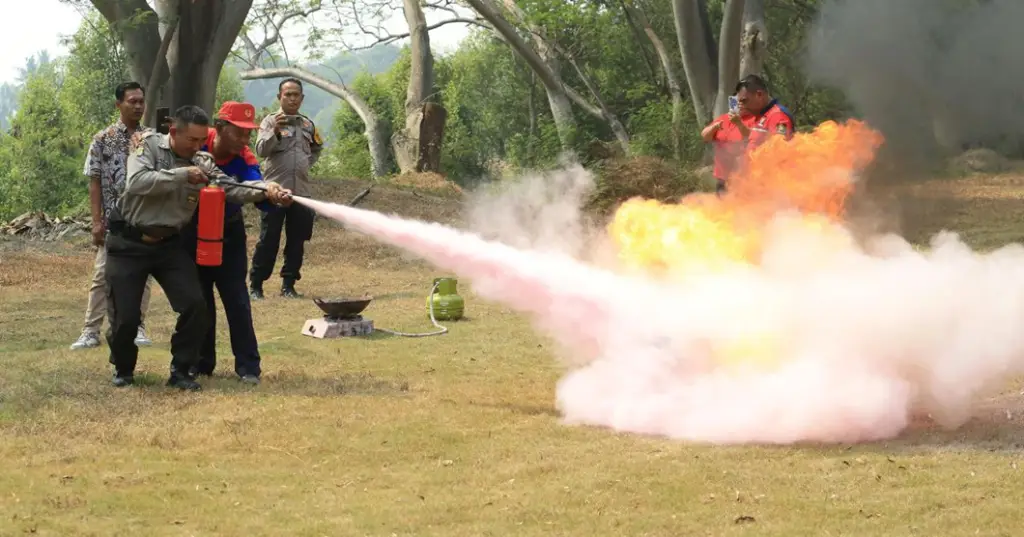
Fire watchdog responsibilities go beyond mere smoke detection.
Their role includes reporting fires, monitoring weather, assisting with firefighting operations, and maintaining communication systems to prevent minor fire incidents.
The first line of defense against fires, whether in a forest tower or on an industrial site, is provided by fire lookouts.
We at The Fast Fire Watch Company understand the price we pay for non-compliance.
When trained, educated, and committed to the right path, this profession not only ensures safety for all but also creates safer communities.
The Fast Fire Watch Company is committed to safeguarding you.




